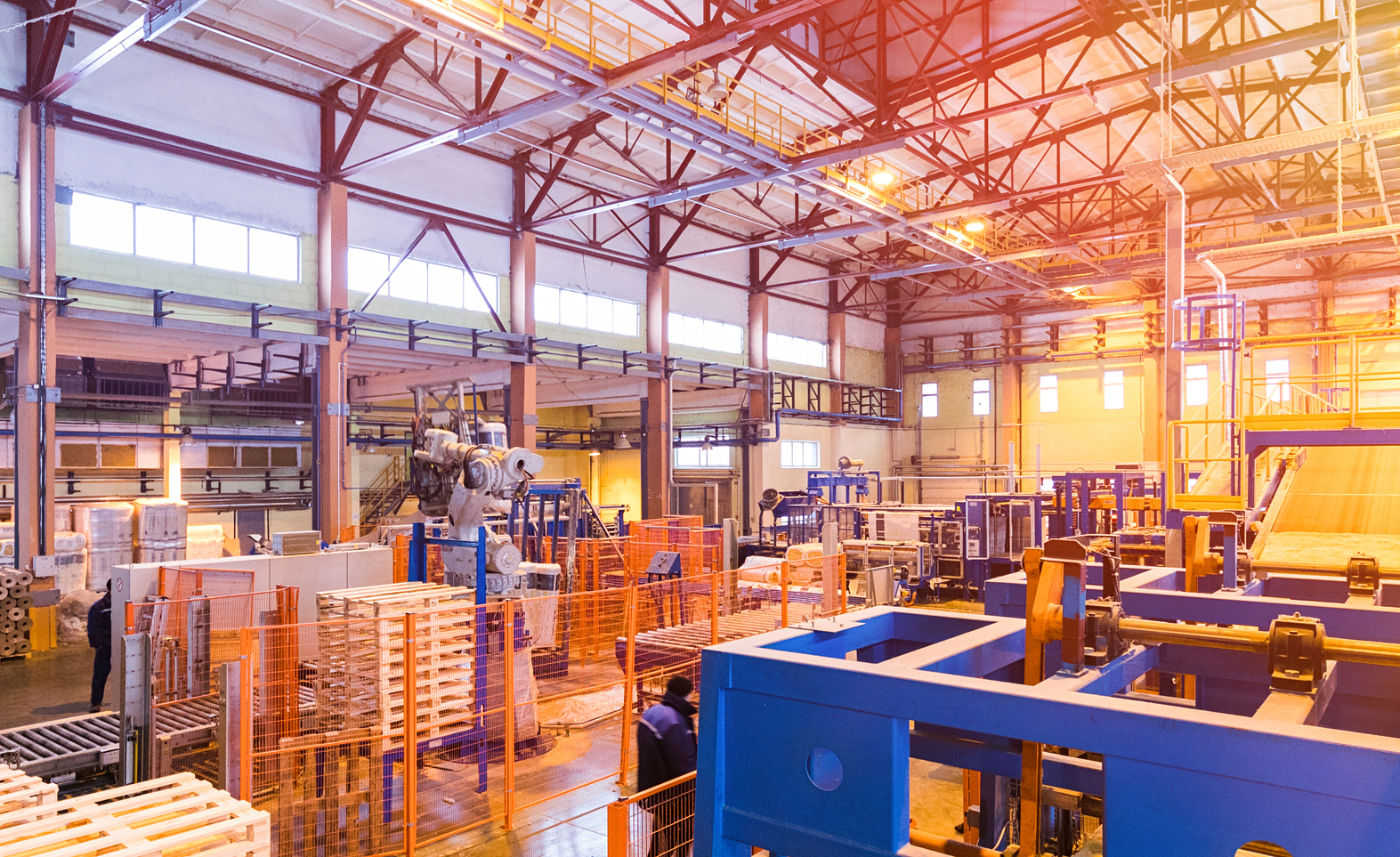
March 1, 2021
PLI allows industries to earn incentives on incremental sales from products manufactured in domestic units.
With PLI, India has the opportunity to create global champions from India that have the potential to grow.
PLI Scheme for the pharmaceuticals and IT hardware sectors, with an outlay of US$ 12.06bn and US$ 1bn.
The companies approved under this scheme will generate more than 2,00,000 direct employment opportunities.

The Government of India launched the Product-Link-Incentive Programme (PLI) in March 2020 with the objective of boosting India’s position as a global manufacturer, promoting its exports, and put the country on the global supply chain map. PLI allows industries to earn incentives on incremental sales from products manufactured in domestic units. In addition to attracting foreign industries and organizations to set up shop in India, PLI also intends to strengthen the domestic manufacturing set-up and expansion.
For both newly set up units and existing manufacturing firms, PLI allows manufacturers to compete despite challenges around inadequate infrastructure, high cost of finance, and lack of skilled resources. This scheme helps boost the Government’s ‘Make in India’ goal and clears a long-standing MSME bias. The scheme has appealed to some of the industry giants such as Samsung, Foxconn and Wistron to set up their units in India. The creators of the popular Chinese smartphone Xiaomi are contemplating opening two new mobile manufacturing plants and a TV plant in India. Domestic companies such as Lava, Micromax, Panasonic, Optiemus Electronics etc. will also stand to benefit from the PLI scheme.
Manufacturing is one of the largest growing sectors in India. The ‘Make in India’ initiative aims to raise the contribution of manufacturing in GDP from 16-17% in 2014 to 25% by 2025, and create 100 million jobs. India has several advantages that make it an attractive destination for manufacturers. These include young working population, demographics and multi-skilled labourers, not to mention the growing domestic demand.
With PLI, India has the opportunity to create global champions from India that have the potential to grow in size and scale using cutting edge technology. This will also enable these companies to effectively penetrate global value chains.
When PLI was first launched, the Ministry of Electronics and Information and Technology (MeitY) approved 16 eligible applicants under the PLI Scheme. The PLI for Large Scale Electronics Manufacturing extended an incentive of 4% to 6% on incremental sales (over base year) of goods under target segments that are manufactured in India to eligible companies. Companies are eligible for a period of five years subsequent to the base year (FY2019-20).
Further, as a part of the Union Budget for FY2020-21, US$26.99 bn was set aside by the Government for PLI schemes. The scheme was rolled out to several high potential sectors including auto, battery cell, pharma, telecom networking, food and textiles.
Recently, the Union Cabinet approved the Production Linked Incentive (PLI) Scheme for the pharmaceuticals and IT hardware sectors, entailing an outlay of US$ 12.06bn and US$ 1bn, respectively. The scheme is expected to bring in investment of US$ 12.06bn in the pharmaceutical sector. It will run for a duration of nine years from 2020-21 till 2028-29. This will not only help domestic manufacturers generate greater employment, but it will also help deliver a wider range of affordable medicines for consumers. At the same time, it will boost innovation in complex and high-tech products such as those used in emerging therapies and in-vitro diagnostic devices.
With the demand for electronics in India expected to grow manifold by 2025, the PLI scheme and other initiatives to promote electronics manufacturing will help in making India a competitive destination for electronics manufacturing and give boost to Atmanirbhar Bharat.
Goldman Sachs believe the contribution of manufacturing in GDP would grow from around 17% now to 25% in a few years and create millions of jobs. With this scheme, India can expand its laptop and tablet manufacturing capacity to over US$95.6 bn by 2025.
The companies approved under the scheme will generate more than 2,00,000 direct employment opportunities in next five years along with creation of additional indirect employment of nearly 3 times the direct employment. Domestic Value Addition is expected to grow from the current 15-20% to 35-40% in case of Mobile Phones and 45-50% for electronic components. In addition, the NITI Aayog has recommended the extension of the PLI scheme across sectors for medium-sized industries with investment above US$ 13.77mn to support MSMEs impacted by the Covid-19 pandemic.
PLI not only helps incentivise production, but spurs higher investment that will drive efficiencies and quality upgradation, to boost competitiveness.
—
The PLI scheme when coupled with several other Government initiatives such as the rationalisation of Labour Codes, updating the MSME definition, revised corporate tax taxes, etc. brings huge advantages to Indian manufacturing. Together these initiatives have helped create a favourable business environment in India and position it as a viable alternative for companies looking to diversify their supply chains. As the ‘Atmanirbhar’ push moves India toward a stage where it is self-reliant as well as a key driver of global exports, PLI will prove to be an important lever to encourage growth.